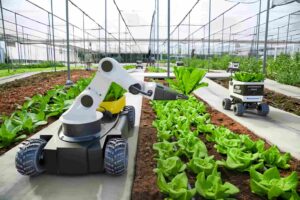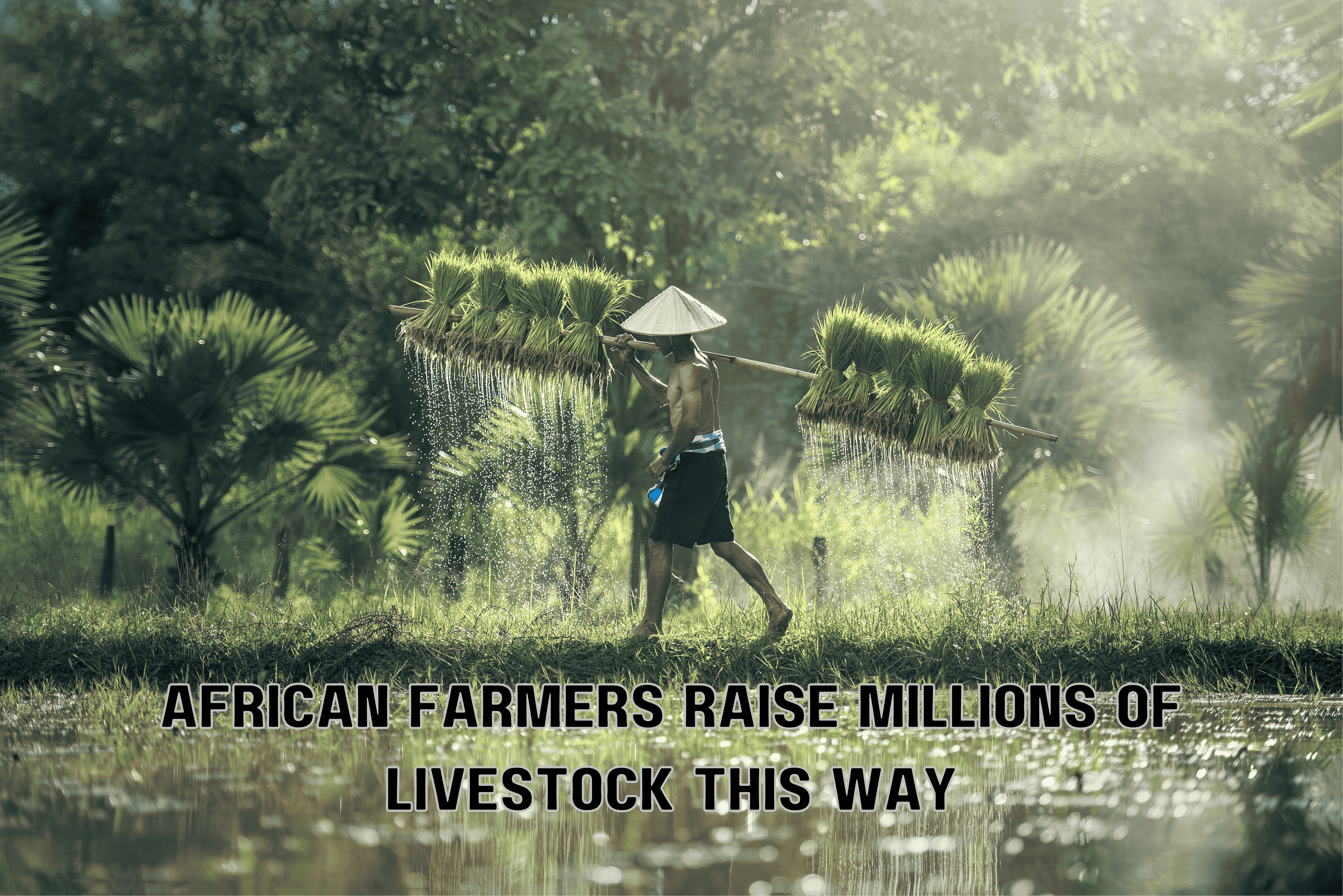introduction:
As we move further into the twenty-first century, the agricultural landscape undergoes dramatic changes. The future of agriculture holds great promise, driven by innovation and technology that is changing the way we grow food. In this article, we will explore some of the key trends that are shaping the future of agriculture and how they are helping to create more sustainable and efficient farms.
Precision agriculture: Increased productivity and sustainability
Precision agriculture has emerged as a game changer, leveraging technology to optimize agricultural practices. Using advanced sensors, drones and satellite imagery, farmers can collect more accurate data on their fields, enabling targeted interventions and more efficient use of resources This reduces chemicals fertilizers, pesticides and water use, minimize environmental impact and maximize crop yields. With real-time monitoring and data-driven decision-making, farmers can access more efficient allocations, improving sustainability.
Vertical farming: Growing up for sustainable production
Agricultural production represents a viable solution in urban areas where land is limited. Vertical structures such as multi-storey buildings or stacked containers can be used to grow crops in a controlled environment other than traditional ground-based agriculture with LED lighting, water or air systems, and weather conditions management technology enables year-round farming with minimal water use. Vertical farming reduces travel distances, reduces the need for pesticides and improves land use, making it a more sustainable way to consume alternative crops a meeting the growing demand in densely populated areas
Indoor Farming: Harnessing Controlled Environments
Indoor farming takes the idea of controlled environments a step in addition. By developing optimized conditions for plant boom, inclusive of temperature, humidity, mild, and nutrient ranges, farmers can acquire better yields and quicker harvest cycles. Hydroponics and aquaponics, where plant life develop in nutrient-wealthy water solutions, are popular techniques in indoor farming. This technique no longer simplest conserves water but additionally eliminates the want for synthetic pesticides and fertilizers. Indoor farming gives possibilities for local food production, reduces the reliance on lengthy-distance transportation, and guarantees a constant supply of clean produce at some stage in the 12 months.
Robotics and Automation: Streamlining Farm Operations
Advances in robotics and automation have the capacity to convert farming practices. Robots can perform diverse duties such as planting, weeding, harvesting, and crop tracking with precision and efficiency. Autonomous cars equipped with sensors and AI algorithms can navigate fields, discover and eradicate weeds, and optimize the use of sources. Automation minimizes exertions necessities, increases productivity, and enables farmers to recognition on extra strategic factors of their operations. Additionally, the records accrued by using robots and automated structures can be analyzed to make statistics-driven decisions, in addition enhancing farming efficiency.
Gene Editing and Biotechnology: Enhancing Crop Traits
Gene editing and biotechnology offer promising avenues for improving crop tendencies and growing resistance to sicknesses, pests, and environmental stressors. Techniques like CRISPR-Cas9 enable focused modifications of plant genomes, accelerating the development of suited traits. Biotechnology programs, together with genetically modified organisms (GMOs), can decorate crop productiveness and nutritional content material. However, it’s miles critical to balance these advancements with proper law and ethical considerations to make certain the long-term sustainability and protection of our food structures.
Examples of device/Machines types we can expect to see
The future of agriculture will include a wide range of machines and technologies that can revolutionize farming practices. Here are some examples of the type of machines we can expect to see:
Autonomous vehicles:
Autonomous tractors and other agricultural vehicles equipped with advanced guidance systems, sensors and artificial intelligence are increasingly being used in the fields. These vehicles will be capable of plowing, seeding, fertilizing and harvesting with minimal human intervention. They can optimize routes, avoid obstacles, and make real-time adjustments based on data collected from the field.
Robotic harvesting systems:

Drone Technology:
Drones equipped with cameras, sensors and imaging technology will play an important role in future agriculture. They can monitor crops, identify stress areas, detect pests or diseases, and assess crop health. Drones provide valuable data and imagery that farmers can use to make informed decisions regarding irrigation, fertilization and pest control. They can also be used for aerial planting, spraying and mapping large areas quickly and efficiently.
Sensor Technology:
Advanced sensor technology will be integrated into various farm machinery. Soil sensors will measure moisture levels, nutrients and temperature, providing farmers with accurate data for irrigation and fertilizer management. Crop sensors will monitor plant health, growth rates and stress levels, enabling timely intervention. Weather sensors will provide real-time weather data to make better decisions regarding planting, harvesting, and crop protection.
Conclusion:
The future of agriculture holds great potential for sustainable agriculture. Precision farming, vertical farming, indoor farming, robotics, automation, gene editing, and biotechnology are just some of the innovations reshaping the way we produce food. By leveraging these advances, farmers can increase efficiency, reduce resource use, reduce environmental impact, and meet the growing global demand for food. Adoption of these technologies, prioritizing sustainability and ethical practices, will pave the way for a resilient and prosperous agricultural sector. The future of agriculture lies in the integration of these innovative approaches, enabling us to create a more sustainable and food-secure future for generations to come. By investing in research, encouraging collaboration between scientists and farmers, and supporting policies that encourage the adoption of these technologies, we can create a brighter future for agriculture and ensure a sustainable supply of nutritious food for all.





